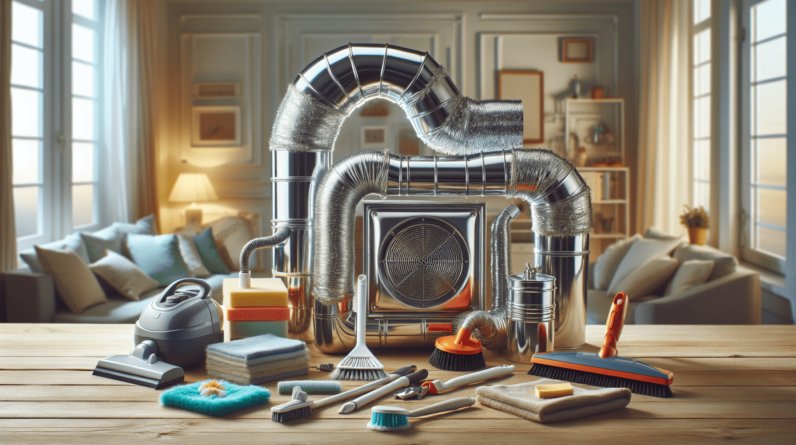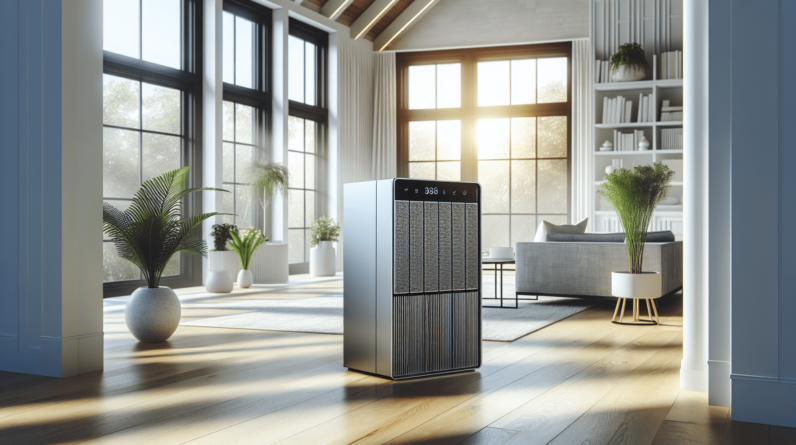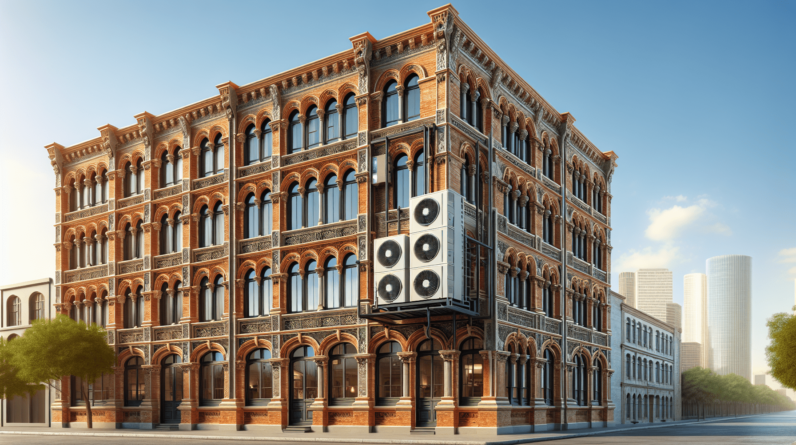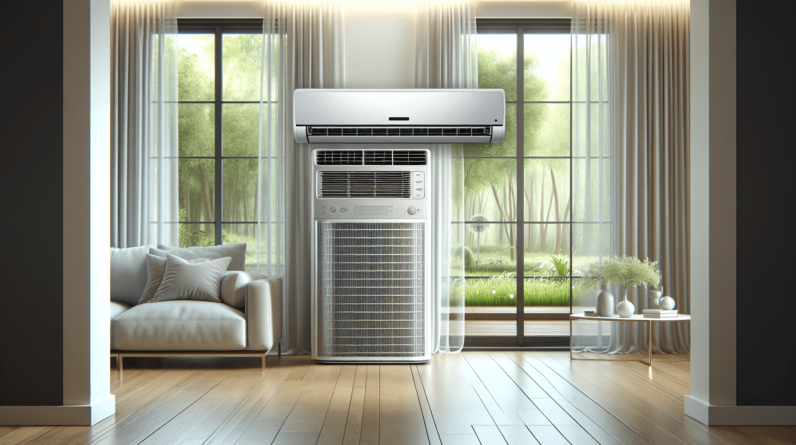

Have you ever wondered how you can effectively keep your home comfortable all year round with just one appliance?
Understanding Air Conditioner and Heater Window Units
An air conditioner and heater window unit is a versatile piece of equipment that can help you manage the temperature of your living space in a convenient way. Instead of investing in separate heating and cooling systems, a window unit offers an integrated solution to maintain a pleasant indoor environment, regardless of the season.
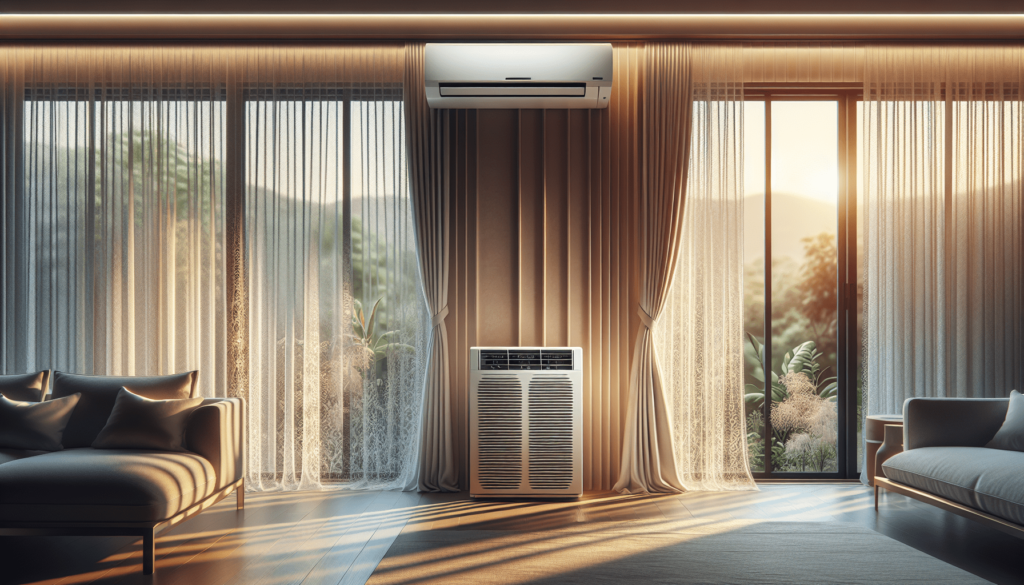
How Window Units Work
Window units serve dual purposes by combining both an air conditioning function and a heating function. Understanding the mechanics can help you use this appliance efficiently.
-
Cooling Mode: When the temperature rises, the air conditioning mode kicks in. This unit works by taking warm air from inside your home, passing it over cold coils filled with refrigerant, and then blowing the cooled air back into the room. The warm air is expelled outside, so you enjoy a comfortable, cool atmosphere indoors.
-
Heating Mode: When it’s chilly outside, the unit switches to heating mode. In this function, the refrigerant flow is reversed, extracting warmth from the outdoor air and transferring it indoors. This is often more efficient than traditional heating systems, especially when temperatures are mildly chilly.
Benefits of Using Air Conditioner and Heater Window Units
You might be curious about why a window unit could be the right choice for your home. Here are some compelling benefits:
-
Cost-Effective: Using a window unit can be much cheaper than central air conditioning or heating systems. They require less installation work, and you save on utility bills due to their energy-efficient design.
-
Space-Saving Design: With limited floor space in many homes, especially apartments, window units fit neatly into openings without taking up valuable room.
-
Flexible Usage: You can turn it on or off as needed, making it an excellent option for those who spend most of their time in a single room rather than needing to heat or cool the entire house.
Choosing the Right Window Unit
Finding the perfect air conditioner and heater window unit for your needs involves looking at factors such as size, BTU rating, and features.
Size Matters
The size of a window unit is crucial for its efficiency. If the unit is too small, it will struggle to maintain the desired temperature and may constantly run, leading to wear and tear. On the other hand, if it’s too large, it will cool or heat the space too quickly without adequately removing humidity, leading to an uncomfortable environment.
Here’s a simple breakdown of recommended BTU (British Thermal Units) based on the room size:
| Room Size (Square Feet) | Recommended BTUs |
|---|---|
| 100 – 300 | 5,000 – 7,000 |
| 300 – 500 | 7,000 – 10,000 |
| 500 – 1,000 | 10,000 – 15,000 |
| 1,000 – 1,300 | 15,000 – 20,000 |
Energy Efficiency Ratings
When selecting a window unit, pay attention to its Energy Efficiency Ratio (EER) or Seasonal Energy Efficiency Ratio (SEER) ratings. Higher ratings indicate better energy efficiency. This means you will not only save on electricity bills but also reduce your environmental impact.
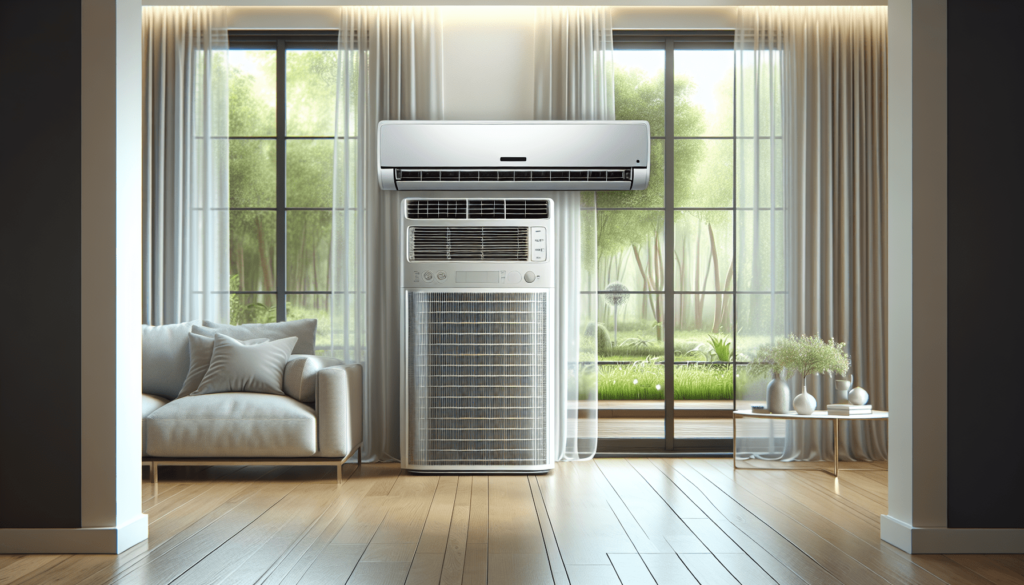
Additional Features to Look For
Modern window units come with a host of added features that enhance their functionality. Here are a few worth considering:
-
Thermostats: Some units have built-in thermostats that automatically adjust the temperature, reducing energy consumption.
-
Remote Control: Look for units that come with remote controls for convenient adjustments from anywhere in the room.
-
Programmable Timers: This feature allows you to set specific operating times, ensuring the unit runs only when you need it.
-
Adjustable Fan Speeds: Multiple fan speed options let you customize airflow and manage noise levels.
Proper Installation of Window Units
Installing a window unit properly is essential for its efficiency and longevity. Additionally, incorrect installation can lead to energy loss and even safety hazards.
Steps for Installation
-
Select the Right Window: Choose a window that is easily accessible and can support the weight of the unit.
-
Check for Air Gaps: Ensure the window frame is in good condition and free from drafts.
-
Secure the Unit: Follow the manufacturer’s instructions to secure the unit in the window.
-
Insulation: Use foam or weather stripping to seal any gaps between the unit and the window frame to prevent air leaks.
-
Plug it in Safely: Plug the unit into a properly grounded outlet away from water sources to avoid any electrical hazards.
Maintenance Tips for Longevity
Taking care of your air conditioner and heater window unit will help it last longer and operate efficiently.
Regular Cleaning
-
Clean or Replace Filters: Filters should be cleaned or replaced every month during heavy use seasons. Dirty filters can obstruct airflow and strain the unit.
-
Dust the Coils: Keep the coils clean from dust and debris. Vacuum them or carefully wipe them down to maintain efficiency.
End of Season Care
When the season changes, properly maintain your unit to prepare it for the next.
-
Cover the Unit: Consider installing a cover, especially during winter, to protect it from the elements.
-
Store Properly: If possible, remove the unit and store it in a safe, dry location until it’s needed again.
Troubleshooting Common Problems
Even with regular maintenance, you might encounter issues with your window unit. Here’s a guide to help you troubleshoot:
Cooling Inefficiency
-
Check Filters: Clogged filters can impede airflow. Clean or replace them.
-
Inspect the Thermostat: If the thermostat is malfunctioning, the unit won’t be able to regulate temperature properly.
Unusual Noises
-
Vibration Issues: Ensure the unit is level and securely installed.
-
Internal Components: Check for any loose screws or damaged parts that could be causing noise.
Water Leakage
-
Drainage Issues: Ensure the unit is tilted slightly for proper drainage away from the interior.
-
Clogged Drain Holes: Clean out any debris blocking the drainage holes to prevent leaks.
The Environmental Impact
Using a window unit has environmental considerations that are worth noting.
Energy Consumption
While window units are generally more energy-efficient than traditional systems, they still consume energy. The higher the Energy Efficiency Ratio (EER), the less energy consumed for cooling or heating, thus contributing to lower greenhouse gas emissions.
A Note on Freon
Older window units often use Freon as a refrigerant, which is being phased out due to its harmful environmental effects. If your unit requires Freon, consider replacing it with a model that uses more environmentally friendly refrigerants.
Final Thoughts
If you’re in the market for an air conditioner and heater window unit, remember that comfort doesn’t have to come at the expense of convenience or your budget. With the right choice and proper upkeep, you can enjoy a pleasant indoor environment year-round while being mindful of your energy consumption.

As you think about your needs, remember to consider size, efficiency, additional features, and maintenance. This way, you’ll find a window unit that fits perfectly into your lifestyle. Enjoy those cozy winter evenings or refreshing summer days with a window unit that keeps your space just right!

